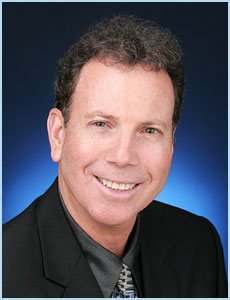
Bad breath can be a real downer, especially when you are out on a date with that girl or boy you’ve had a crush on all semester! However, bad breath can be prevented!
Bad breath, or as your doctor may call it “halitosis,” is caused by odor-producing bacteria that grows in your mouth. This bacteria gathers on bits of food in your mouth and between your teeth and release sulfur compounds making your breath smell. Some foods, like garlic and onions, may contribute more to bad breath because of oils the food the food releases, and smoking is also a major cause of bad breath.
There are several myths around bad breath. Here are some common myths and the truth behind it all:
Myth #1: Mouthwash will make my breath smell betterMouthwash will make your breath smell better, but it is only a temporary fix. If you use mouthwash, just know that you will still need to brush and floss when you get the chance as mouthwash alone will not kill all of the bacteria producing germs in your mouth. When choosing a mouthwash, pick an antiseptic with plaque-reducing compounds. Also make sure any dental products you choose comes with the American Dental Association’s (ADA) seal of approval!
Myth #2: I brush my teeth; I will never have bad breathBrushing your teeth will save you from having breath, but the truth is most people only brush their teeth for about 30-45 seconds! You need to brush your teeth for at least 2 minutes, twice a day to give your teeth a thorough cleansing. It’s also important to brush your tongue, which is where a majority of odor causing bacteria like to hang out. Lastly, flossing to remove food and plaque between the teeth will also help reduce your chances of having bad breath!
Myth #3: If I don’t smell it, then my breath is freshThis is a false assumption in every sense of the word! The truth is that the breath you breathe out is not the same breath coming out when you talk to someone. When you breathe you are not using your throat as you do when you are talking; and when you talk more breath moves over the back of your mouth where bacteria is causing bad breath.
#1 TRUTH: Brush your teeth twice a day (for at least 2 minutes), floss at least once and visit your dentist every six months…this way your breath will always be fresh! Not letting your nerves get the best of you on your date? That’s up to you!!!
 People have been brushing their teeth for thousands of years! In fact, the first “toothbrush” was created around 3000BC! Ancient civilizations used a thin twig with a frayed edge to rub against their teeth for cleaning.
People have been brushing their teeth for thousands of years! In fact, the first “toothbrush” was created around 3000BC! Ancient civilizations used a thin twig with a frayed edge to rub against their teeth for cleaning.










